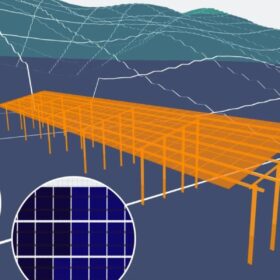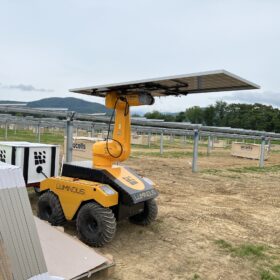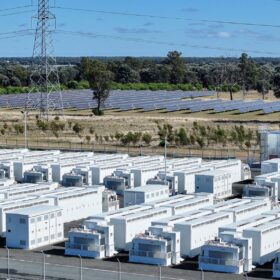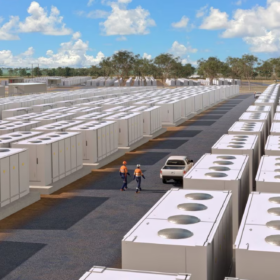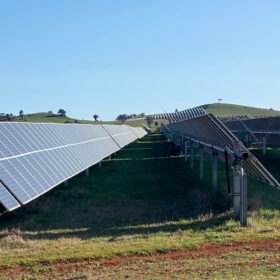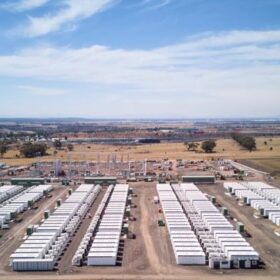PVFarm enhances tracker, terrain tools for large-scale PV planning
Software company PVFarm has improved its single-axis tracker and fixed tilt configurators for planning large-scale projects, adding customisation features and additional support for terrain-conforming designs.
FTC Solar introduces solar tracker for high wind regions
The 1P single-axis tacker is engineered to withstand winds up to 240 kph.
Enphase launches fourth-gen energy system with new 7.08 kW battery
Enphase Energy has introduced its fourth-generation energy system with the new 7.08 kW IQ Battery 10C, which offers 10 kWh of usable energy. The battery expands the company’s storage portfolio and is made with United States components by a contract manufacturer.
Customs officers seize 146 kg of meth hidden in solar panels
United States border officials at Los Angeles International Airport have seized 146 kilograms of methamphetamine concealed in a shipment of solar panels bound for New Zealand.
Polarised light pollution cut by nano-coated solar panels benefits wildlife
A Western Australia researcher has found large-scale solar farms impact migratory routes of wildlife due to polarised light pollution but could be improved with nano-coated solar panels.
NREL, CubicPV achieve 24% efficiency for perovskite mini solar module
A United States-based collaboration between the National Renewable Energy Laboratory and CubicPV has yielded a perovskite minimodule with certified efficiency of 24.0%. The two noted that it is the first time a U.S. effort has set a record in the perovskite mini module category.
GameChange Solar introduces terrain-following tracker
United States-headquartered manufacturer GameChange Solar says its Genius Tracker TF supports slopes of up to 1.7 degrees between posts, thereby reducing land grading costs.
Robotics company lands federal funds to scale up solar construction
Robotics company Luminous has secured almost $5 million in federal government funding to support the deployment of a fleet of AI-powered robots designed to accelerate the construction of utility-scale solar farms.
Brisbane battery manufacturer makes moves into US market
Queensland battery manufacturer Vaulta has partnered with American company eFinery Energy to explore the feasibility of deploying its battery systems in the United States and establishing a licensed assembly facility in that country.
US residential solar on the brink of collapse
United States residential solar is on a downturn and it may soon get worse. In a shock for the industry, the latest draft of the One Big Beautiful Bill Act excludes residential solar lease providers from the Investment Tax Credit.
